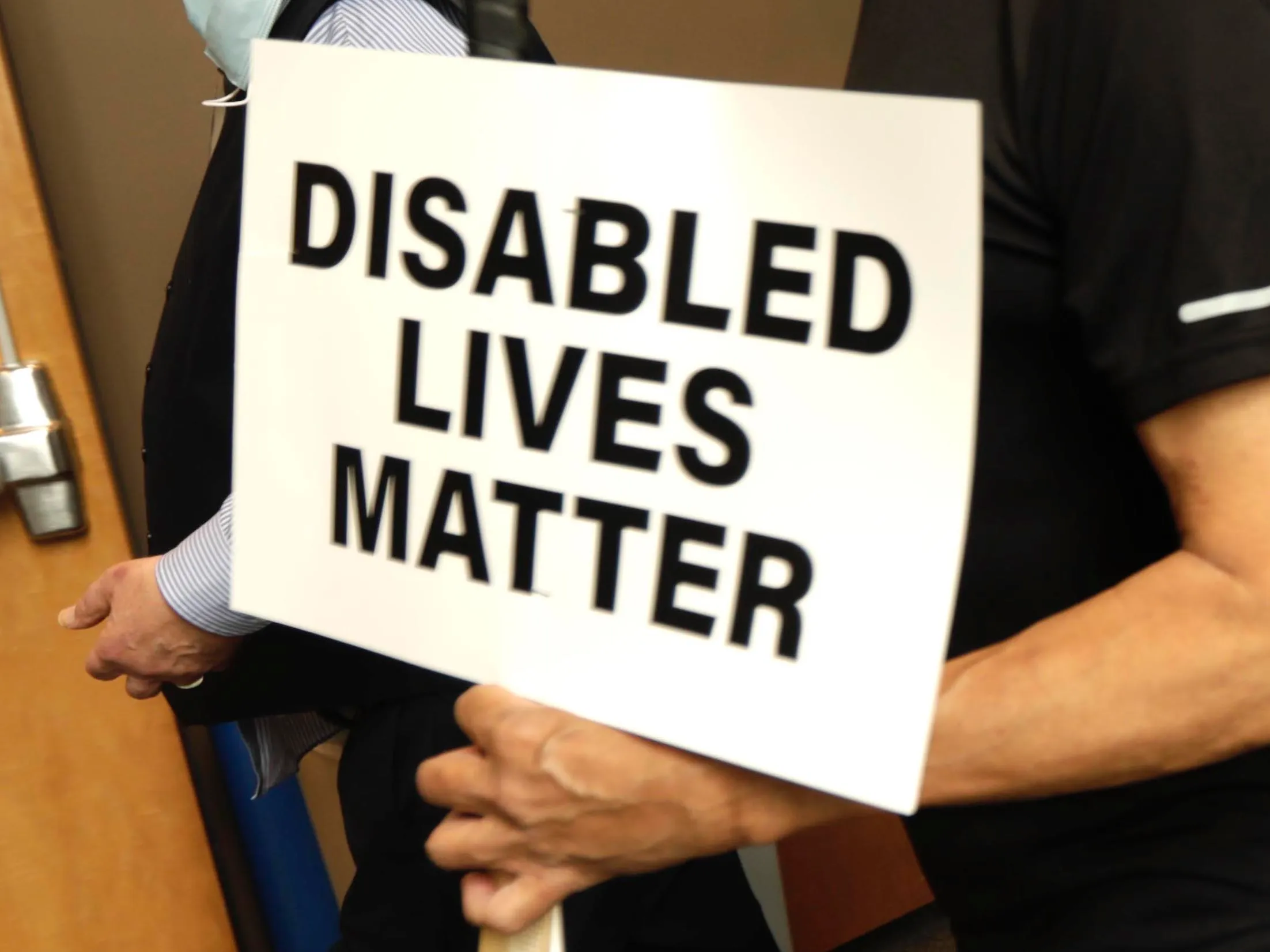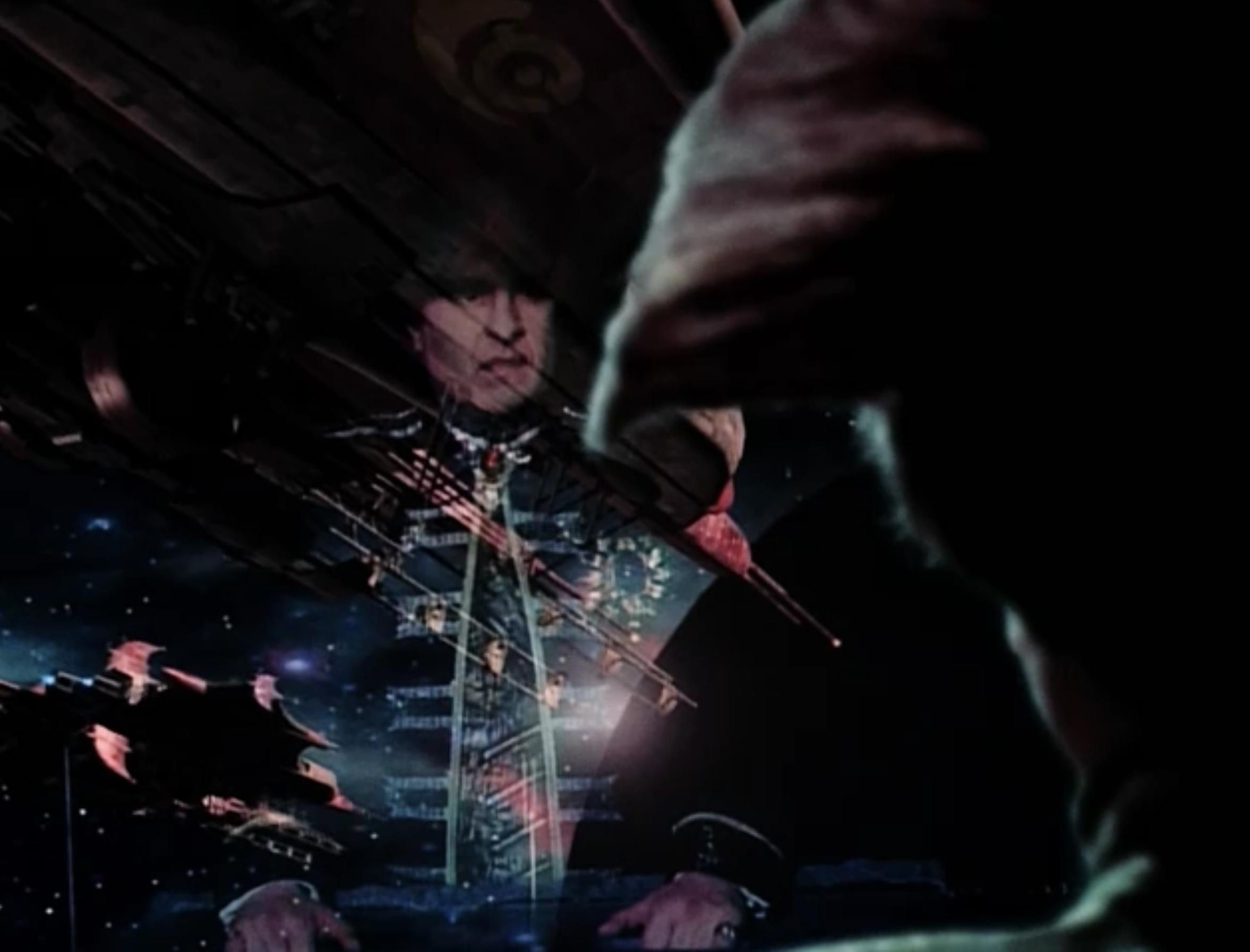Is the Canadian MAID program, the epitome of “assisted suicide” or just a sneaky way of packaging “euthanasia lite”? With medical professionals playing the role of life’s grim reapers, government-approved suicide prevention for some while others are left with no say – talk about selective life and death! And hey, let’s not forget the cherry on top – assisted suicide, the ultimate solution for a state that’s oh-so-neutral, denying the afterlife with a side of community heartbreak. Ah, the paradoxical wonders of modern ethics!
In this compelling analysis, we delve into three powerful arguments against the Canadian Medical Assistance in Dying (MAID) program. Collaborating with Blaise Alleyne, President of Toronto Right to Life and Outreach Director for the Canadian Centre for Bioethical Reform, Jonathon presents these thought-provoking points in their co-authored book titled “A Guide to Discussing Assisted Suicide.” Join us as we explore the distinct differences between assisted suicide and euthanasia, the issue of human rights, and the claimed alleviation of suffering through the MAID program.
1. Distinguishing Assisted Suicide from Euthanasia
At the heart of this debate lies a crucial distinction: while Canada’s MAID program portrays itself as assisted suicide, it functions more akin to a euthanasia program. Jonathon highlights the disconcerting use of language, describing it as “Orwellian” and exposing the reality that the program involves “medical professionals actively ending patients’ lives.”
1.1 The Difference Between Assisted Suicide and Euthanasia in Practice
Drawing a comparison with the laws in California and Oregon, Jonathon illustrates the contrast between assisted suicide and euthanasia. In the former, the individual seeking death must self-administer the lethal drugs, whether alone or with the company. However, the Canadian MAID program mandates medical professionals to administer lethal injections, which has blurred the line between end-of-life care and euthanasia, leading to moral dilemmas.
2. The Issue of Human Rights
While proponents may argue that MAID is a matter of human rights, Jonathon critically challenges this perspective. He clarifies that no one advocates for suicide to be a universal right for all Canadians. Instead, the program paradoxically resembles eugenics, wherein some individuals are predetermined by the government as deserving of life, thus receiving suicide prevention rather than assistance.
2.1 Challenging the “Human Rights” Argument
Jonathon exposes the inherent contradiction in the claim that MAID is a human right. In Canada, individuals are denied the autonomy to decide their preferred end-of-life choices. Only those deemed by the government as having lives not worth living are granted the privilege to make such decisions, leaving others without a choice.
2.2 Impact on Campuses and Medical Professionals
This argument has found particular resonance on college campuses. Medical students, upon hearing this perspective, have undergone transformative shifts in their attitudes towards assisted suicide, a testament to the compelling nature of the argument.
3. Assisted Suicide’s Claim of Alleviating Suffering
One of the most profound claims put forth by advocates of assisted suicide is that it alleviates suffering. Jonathon addresses this claim in two parts, emphasizing how it fundamentally contradicts the nature of a secular state and its impact on individuals’ families and communities.
3.1 The Notion of State Religion and Neutrality
Jonathon posits that a state cannot be devoid of a state religion; there will always be something occupying that central position. By promoting assisted suicide as a means of alleviating suffering, the state inadvertently endorses the absence of an afterlife, negating the concepts of heaven and hell.
3.2 Compounding Suffering within Families and Communities
Jonathon argues that the assertion that assisted suicide alleviates suffering clashes with the essence of the human condition. People are not isolated entities but members of interconnected families and communities. The emergence of stories from the Canadian press and personal accounts attests that assisted suicide often inflicts additional suffering upon those left behind, leading to heartbreak, anger, and a sense of betrayal.
Conclusion
Through this comprehensive analysis, we have explored three persuasive arguments against the Canadian Medical Assistance in Dying (MAID) program. The distinctions between assisted suicide and euthanasia, the implications on human rights, and the claim of alleviating suffering have been critically examined. As we continue this vital conversation, it is essential to acknowledge the complexity of the issue and consider the profound implications of end-of-life decisions on individuals and society as a whole.










